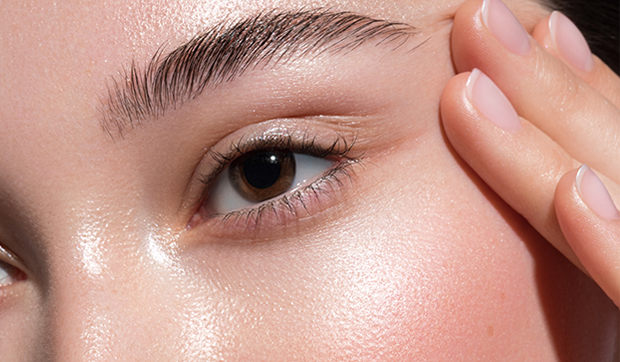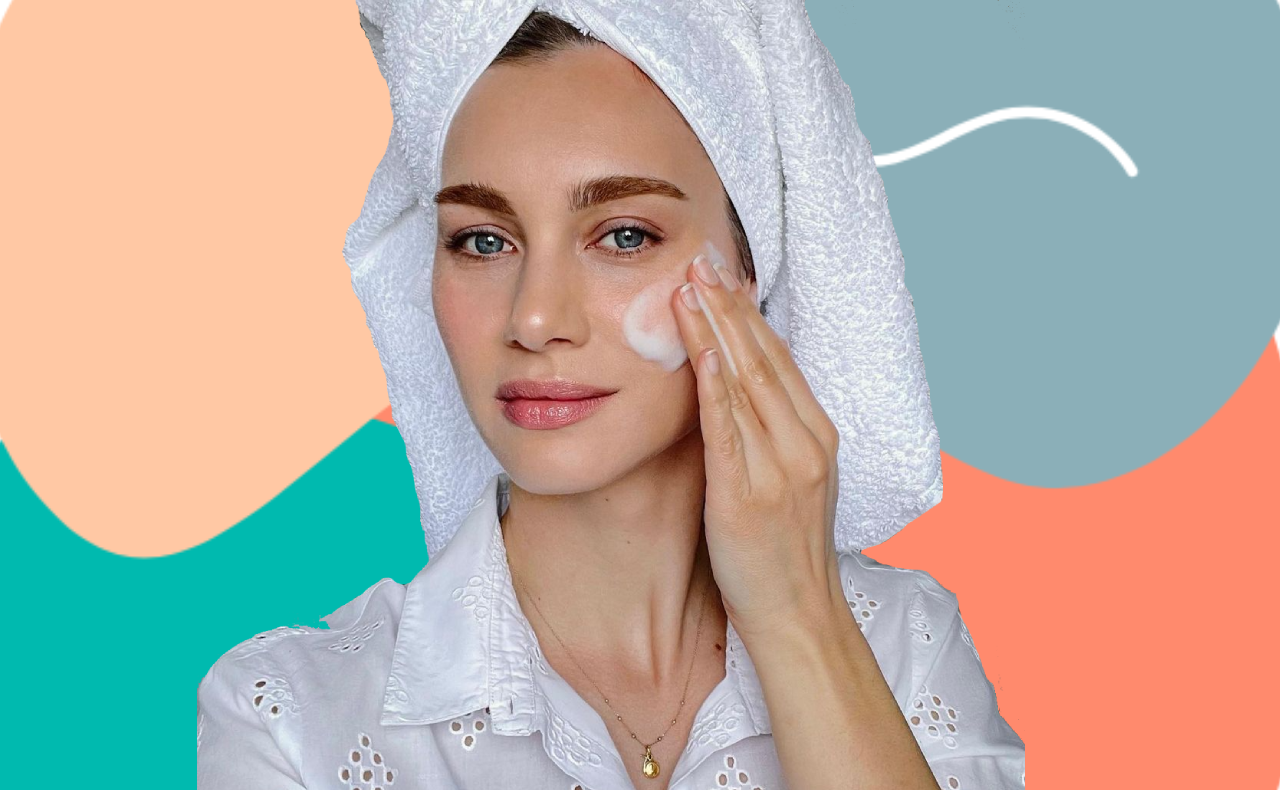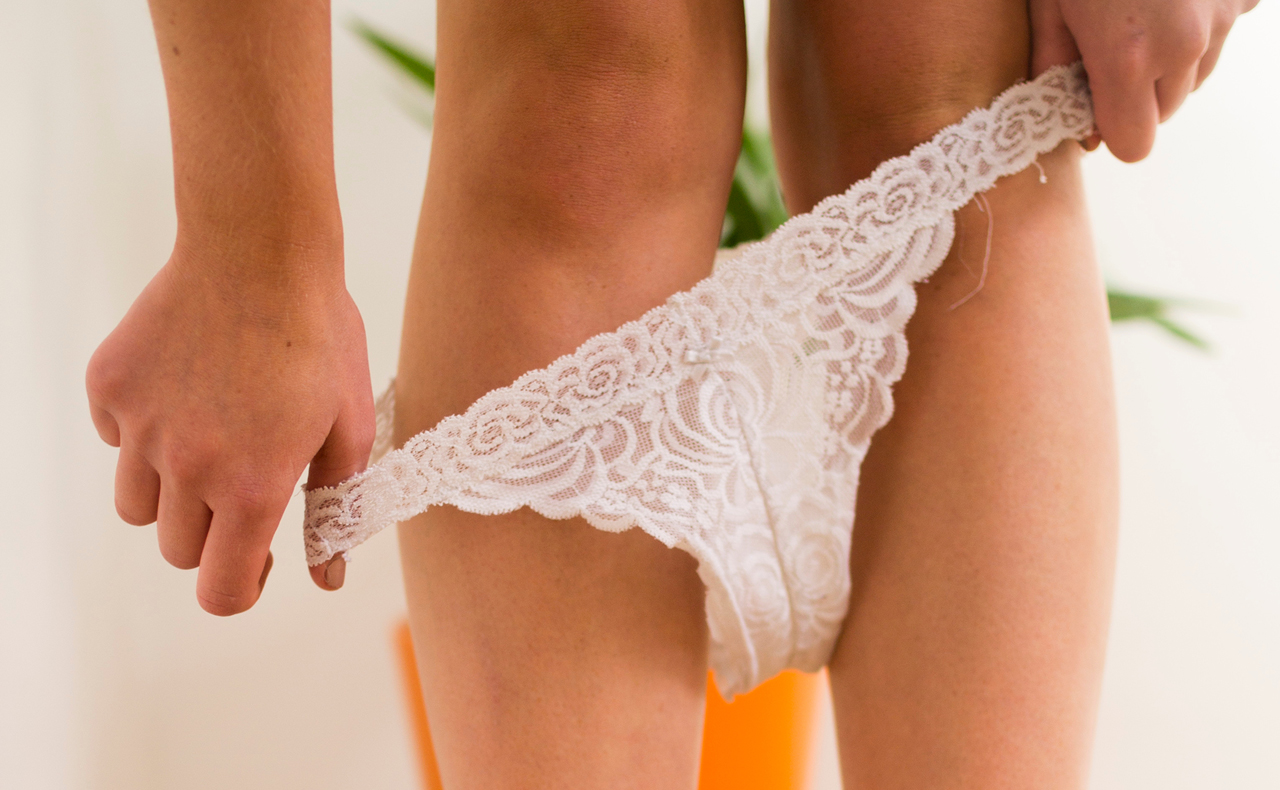If you’re someone with sensitive and redness-prone skin, you’ll know there are plenty of ingredients out there for you to avoid.
But what about which ingredients to look for?
Colloidal oatmeal, calendula, liciorice root and willow herb are some of the soothing skin care saviours you may have already heard of, but as of late, plenty of calming concotions have been touting ‘cica’ on their label, too.
So to get the lowdown on this four-letter word, we asked Olay’s Skin Care Scientist, David Khoo to explain exactly what cica is, and the benefits it has for the skin.
What is cica?
Cica is an ingredient widely known for its healing, antibacterial and anti-inflammatory properties. From traditional Chinese and Ayurvedic roots, David says it’s “a natural ingredient first identified in India and has a host of promising benefits including its ability to calm the skin.”
While David admits that ‘skin calming’ sounds like a fluffy term, “it does refer to the very real anti-inflammatory activity observed in lab studies.”
What are the benefits of cica in skin care?
“Cica is great for anyone who’s concerned about how stress might be affecting their skin, as it calms, soothes and repairs irritated skin,” says David. But it also has antibacterial properties that help keep skin bacterial at bay for all skin types.
“Our skin is also susceptible to environmental aggressors, which, in the presence of sugars in skin, can interact with collagen and cause skin yellowing, a phenomenon known has glycation,” he explains. “Cica has anti-glycation properties that helps prevent this process.”
How should we be using cica in our skin care routines?
David recommends using it at the start of the day, “before you go out to face the stresses of the day, because of the skin calming properties.”
“Try using a formula that’s absorbent, like a serum to make sure you’re getting the maximum benefit of the ingredient.”
What other ingredients does cica play well with?
David finds that niacinamide and cica make a great pairing.
“Niacinamide stimulates the renewal of skin cells but also the production of important skin barrier proteins like fillagrin and keratin, as well as barrier ceramides,” he says. “This complements the anti-inflammatory benefit of cica so that skin is fortified against the stresses of the day.”
How come cica is only just on our radars now?
Cica has been around for a long time. In fact, David tells us: “It’s thought that tigers would roll in a bed of cica grass due to its wound healing properties.”
For mass skin care products, however, “it’s a promising new ingredient with some interesting science and benefits.”
“It’s got natural origins and a little bit of a mystique associated with it; it’s not every day that an ingredient like this comes along!”
Sounds like this isn’t the last we’ll hear or see of cica…
5 of the best cica skin care products to try

- innisfree Bija Cica Balm EX
- CLINIQUE Moisture Surge Intense 72H Lipid-Replenishing Hydrator
- Olay Luminous Niacinamide + Cica Super Serum
- Elizabeth Arden Visible Brightening Cicaglow Concentrate
- Laneige Cica Sleeping Mask, $48 at Adore Beauty
Had you heard of this ingredient before? Or tried any of the products above?





I love the Olay serum, will be checking out the Elizabeth Arden one now.
Glad to see Olay is using cica.
Thank You BH for educating me on what “Cica ” is will look out for on Skincare Creams and Serums. Never knew anything about it before.
I didn’t know that niacinamide and centella worked well together, looking forward to trying some of these recs
Never heard of it before but I would like to try it out!
Never heard of Cica before, but I’d love to try it
Yes and never tried and want to. Especially Elizabeth arden’s new dual formula serum.
Its antibacterial qualities make me think it would be good for blemish-prone skin, too.
How interesting, I must be living under a rock, this is the first that I have heard about this little wonder ingredient.
I have not heard of cica before but it sounds good. I have sensitive skin and would like to try it.
It sounds great, their are so many new ingredients to choose from nowadays, as someone with sensitive skin it’s an ingredient I will keep an eye out for.
I have my eye on the Elizabeth Arden concentrate and I’m yet to try the Olay serum.
Very informative information. I’m learning so much about skincare. Thanks David and Bh.
Never heard of it before but my skin is the type that would benefit
I must say that I am not big on checking all the ingredients in products, but this does sound good.
Never heard of it and will be purchasing it shortly!
I’m joining the clueless majority who hadn’t heard of Cica. Now I feel informed.
I think I have been under the same rock.
So Cica is sourced from a root?
First time I hear about this ingredient.
This is a need
I’ve never heard of this before.
Oooh this is news to me! Thanks bh for the heads up! It kind of reminds me of cicada lol
I’ll have to look into this.
No i haven’t heard of this before. Sounds like what i need right now with all of the stress in my life.
Big rock. I’ve been under it too.
😀
I need to get my hands on the Olay Cica Serum. Im always keeping an eye out for claming products.
I would love to try the Innisfree Balm – Love these informative articles.
Never heard of it before.
I would like to try ut!
I have never heard of Cica. It sounds good effect on the skin.
Cool, the Olay serum is $60 at Coles
I wonder if they ever have half price sales.
Me too, 54 & I still get zits!
I was thinking that too! Which would be great for skin like mine,
A new ingredient I have never heard about before. Thanks BH.
I’m bad at that too! I read about them, think that these ingredients are great but to tell you the truth, I have no idea what active ingredients are in most of my products!
They mentioned a grass which tigers rolled in…
Considering that I am under it too it must be a large boulder and not a simple rock 🙂
Then that is a bargain!
I feel like $60 is a little steep.
Oh yes Coles and Woollies often have them out at 50% off
Hope you are ok with all of the stress!
That is quite mysterious! And quite hard to access.
That’s good. It’s always a good feeling when you get something at half price.
For a supermarket brand I agree, for those dollars I feel as though it shoud e a higher brand, better shop,. but they have them out at 1/2 price regularly, always advertised in the catalogue either the paper copy or online
i agree, i love a bargain
So many new ingredients am getting confused lol
Thank you for your comment! Just a very full on time at the moment, family, health, cyclones, injuries…. But we all have those times in our lives, this is just my time. Life’s little pleasures, like winning a competition are always good : )
Oh dear! That does sound full on, hopefully you can have a few minutes each day to breathe and relax a little.
Where are you based? Cyclones?
I’ve never heard of this, apparently it’s used a lot in Korean skin care. It’s the plant Centella asiatica and here is some information from 2010:
The primary active constituents of CA are saponins (also called triterpenoids), which include asiaticosides, in which a trisaccharide moiety is linked to the aglycone asiatic acid, madecassoside and madasiatic acid[13]. These triterpene saponins and their sapogenins are mainly responsible for the wound healing and vascular effects by inhibiting the production of collagen at the wound site. Other components isolated from CA, such as brahmoside and brahminoside, may be responsible for CNS and uterorelaxant actions, but are yet to be confirmed by clinical studies. Crude extract containing glycosides isothankuniside and thankuniside showed antifertility action in mice[14,15]. Centelloside and its derivatives are found to be effective in the treatment of venous hypertension. In addition, the total extract contains plant sterols, flavonoids, and other components with no known pharmacological activity[16], namely, abundant tannins (20-25%), essential acid (0.1% with beta-chariophylen, trans-beta-pharnesen and germachrene D), phytosterols (campesterol, sitosterol, stigmasterol), mucilages, resins, free aminoacids (alanine, serine, aminobutyrate, aspartate, glutamate, lysine and treonine), flavonoids (derivates of chercetin and kempferol), an alkaloid (hydrochotine), a bitter component (vallerine), fatty acids (linoleic acids, linolnelic, oleic, palmitic and stearic acids).